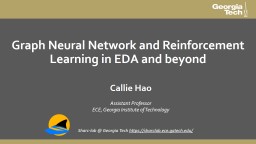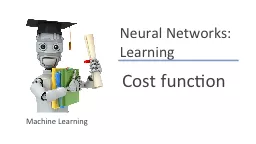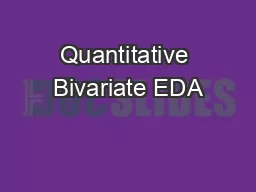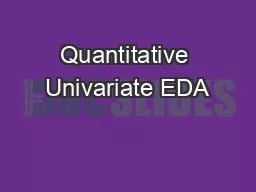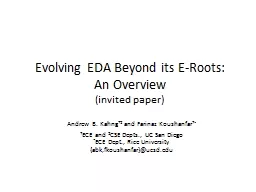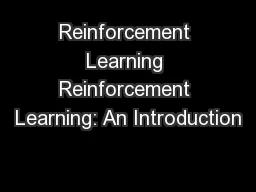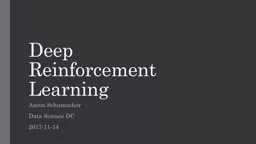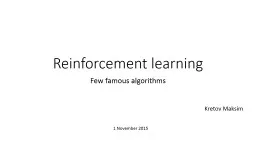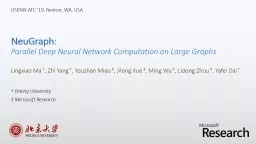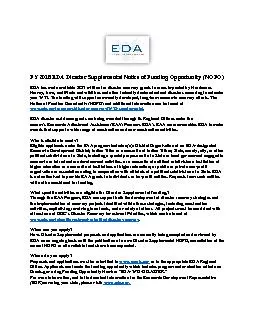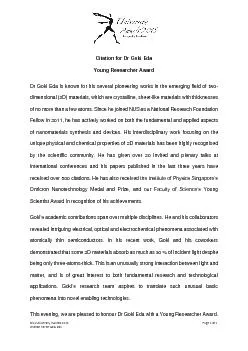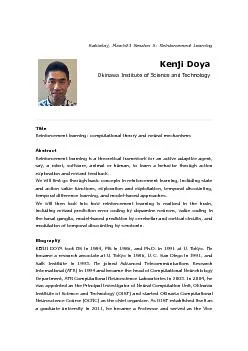PPT-Graph Neural Net work and Reinforcement Learning in EDA and beyond
Author : jocelyn | Published Date : 2023-11-06
Callie Hao Assistant Professor ECE Georgia Institute of Technology Sharclab Georgia Tech httpssharclabecegatechedu Background Graph Neural Network GNN Reinforcement
Presentation Embed Code
Download Presentation
Download Presentation The PPT/PDF document "Graph Neural Net work and Reinforcement..." is the property of its rightful owner. Permission is granted to download and print the materials on this website for personal, non-commercial use only, and to display it on your personal computer provided you do not modify the materials and that you retain all copyright notices contained in the materials. By downloading content from our website, you accept the terms of this agreement.
Graph Neural Net work and Reinforcement Learning in EDA and beyond: Transcript
Download Rules Of Document
"Graph Neural Net work and Reinforcement Learning in EDA and beyond"The content belongs to its owner. You may download and print it for personal use, without modification, and keep all copyright notices. By downloading, you agree to these terms.
Related Documents

